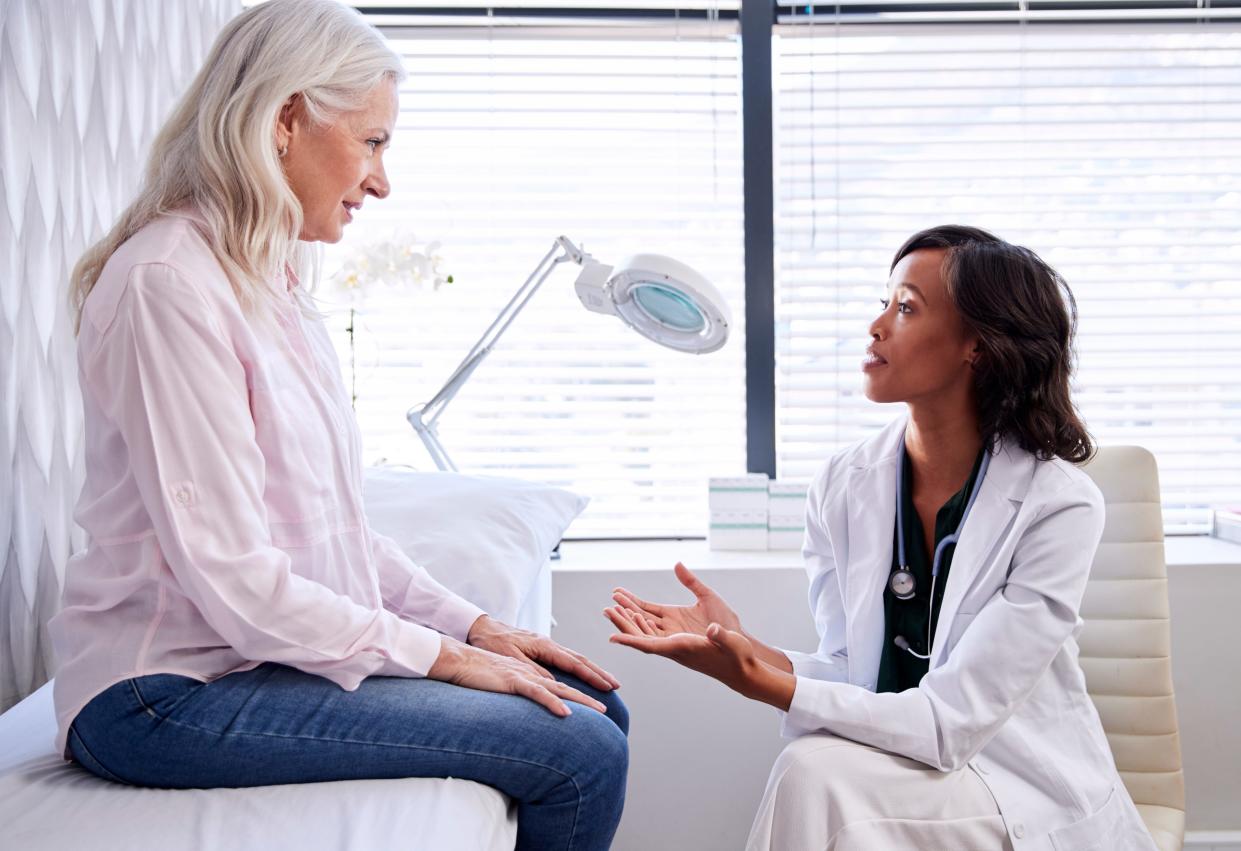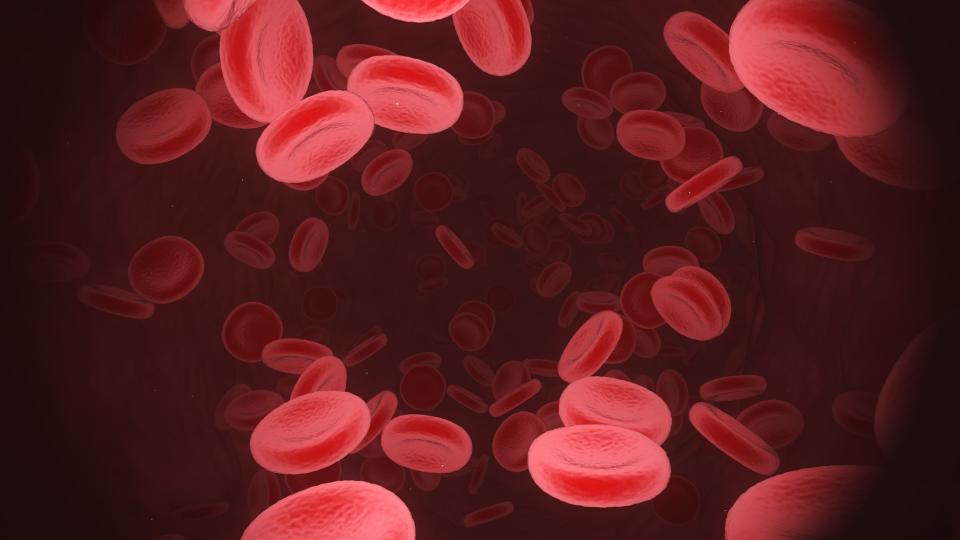What are varicose veins? Here are 4 things to know and how to treat them

Varicose veins are swollen veins, gnarled and twisted, and because they lie just beneath the skin, they are highly visible and unsightly.
If you are among the many millions of American men and women afflicted, you probably see them as nothing more than an ugly nuisance, just one more unpleasant aspect of life you have to deal with, especially as you get older. Unfortunately, in some cases, there is a reason for more than a cosmetic concern — there can be potentially life-threatening health risks.
What are varicose veins?
What causes varicose veins? Several factors can contribute, but a major problem is reduced pressure in the veins. As blood circulates around the body, it leaves the heart under high pressure, progressively moving from large arteries to smaller and smaller arteries and eventually reaching the capillaries. Capillaries are tiny vessels where oxygen and nutrients exit to feed the tissues, and waste products like carbon dioxide enter and are taken back to the lungs to be expelled. Because capillaries are so tiny, the pressure behind blood flowing through them is reduced greatly. This means by the time blood flows out of the capillaries and into the veins there is very little pressure behind it.

You may like: What are the most common golf injuries? Here's three things to know to stave off back pain
For example, typical resting blood pressure is 120/80 mm/Hg. The top number (systolic pressure) reflects the higher pulse pressure after a heartbeat. The lower number (diastolic pressure) is the pressure as the heart rests between beats. In contrast, by the time the blood passes through the capillaries and reaches the veins, a typical venous blood pressure is only about 10 mm/Hg, and there is no pulse.
How is blood pumped through the veins back to the heart?
So, what’s the problem? Because venous pressure is so low, plus you are fighting against gravity, it’s a challenge to circulate blood back to the heart from the feet and legs.
Thankfully, as the blood struggles to flow back toward the heart, "uphill" so to speak, there are helpful mechanisms in place. The first is the muscle pumps. When muscles contract they squeeze the veins helping to push blood through. Without muscle contractions, especially in the legs, flow is so sluggish there can be inadequate blood returning to the heart. If so, since the heart can pump out only as much blood as it receives, output from the heart could be reduced. In turn, there would be less pressure in the arteries, possibly reducing blood flow to the brain, causing dizziness and possibly fainting. This is why if you watch a group of soldiers forced to stand at attention for a prolonged period with no muscular contractions, some will faint and collapse.
The muscle pumps would be useless if not for one-way values in veins located below the heart. These valves point upward toward the heart, and they ensure that when the muscles squeeze the veins the blood flows in one direction only.
You may like: Can antibiotics ruin good bacteria in your gut? Yes. Here are 3 things to know
What causes varicose veins?
If you spend a lot of time standing with little movement, such as a sales clerk or bartender, you lose the effect of the muscle pumps. As the blood flows slowly through the upward valves, there may not be enough pressure to keep blood moving adequately. As a result, blood collects and forms a pool around the valves, causing swelling.
Swollen (varicose) veins also can occur if you regularly sit for hours at a time without contracting your leg muscles. In addition, pregnant women are more vulnerable for several reasons, but thankfully, bulging veins are likely to fade a few months after delivery.
When varicose veins become advanced, there may be symptoms, especially after prolonged sitting or standing. Possible symptoms include an achy or heavy feeling in the legs, burning, cramping, and itching.
On a more serious note, over time swelling can lead to inflammation (phlebitis) and painful and debilitating ulcers. A critical health problem is the risk of clotting. Blood is always poised and ready to clot, and clots can form if the forward movement of blood becomes too slow. If a clot forms, it can become life-threatening if it ends up in a lung blood vessel.
You may like: Weight training do's and don't's: How long should you rest between sets to build muscle?
How can you treat or heal varicose veins?
Regular readers of my column know that I promote the virtues of exercise at every opportunity — and here I go again. Exercise cannot reverse or cure varicose veins, but it can help arrest the progression and reduce symptoms. Low-impact aerobic exercise like walking or biking is recommended.
Compression stockings can be very helpful because they squeeze the lower legs which helps keep blood flowing. Over-the-counter ones are not expensive and are similar to support pantyhose. If the problem is more advanced, you can purchase more expensive compression stockings with a doctor’s prescription from a medical supply vendor that are specially fitted for you. They should be snug, but comfortable, and not so tight that they make things worse by interfering with blood flow, the opposite effect of the one you seek.
For this reason, avoid elastic bandages.
You may like: Can a low level of cholesterol help prevent heart disease? Here's 3 things to know
It's helpful to prop your feet up as often as you can during the day. This takes the pressure off the lower legs and helps the blood to flow "downhill" with gravity. And, of course, if you need to, lose weight to reduce pressure on your legs.
For severe cases of varicose veins, surgery is an option. In the past, varicose vein surgery was considered cosmetic and not likely to be covered by health insurance. Today, it is covered by most insurance plans, because it is recognized as a beneficial procedure to prevent ulceration and blood clots.
Reach Bryant Stamford, a professor of kinesiology and integrative physiology at Hanover College, at stamford@hanover.edu.
This article originally appeared on Louisville Courier Journal: What are varicose veins and how do I treat them

